‘Perfect storm’ on the horizon for EV uptake
Following Australia’s biggest year on record for EV sales, 2023 is looking to be even bigger thanks to government incentives and more affordable products.

Australia is on the brink of a “perfect storm” of mass electric-vehicle uptake, with a combination of predicted new government policy, a flood of new and more affordable products, and a cohesive national framework of subsidies and rebates all combining to supercharge EV growth in 2023.
Last year was Australia’s biggest on record in terms of electric vehicle sales, with BEVs (Battery Electric Vehicles) making up 3.1 per cent of the total market, with more than 33,400 sold.
That’s up significantly from the 5149 EV sales across Australia in 2021, which was itself a marked increase from the 1769 registered in 2020.
ELECTRIC VEHICLES SPECIAL REPORT
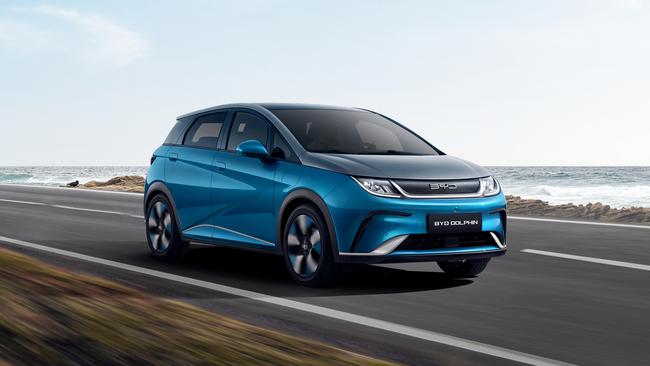
EVs get backing in Labor’s federal budget
The 2023 federal budget has been a landmark win for electric vehicle industry in Australia, but lobbyists say there is more to be done.

Cars get cheaper as key costs fall Cheaper cars as costs fall
The cost to buy an electric vehicle is beginning to come down, making EVs more accessible than ever, but what does this mean automotive brands?

Infrastructure a big budget winner
The 2023 budget included a huge win for EV infrastructure, with a national fast-charging network and an investment in alternative fuels on the forefront.

EVs are getting bigger and better
Large SUVs are loved by families around Australia, and the electric SUV market is expected to explode in response.
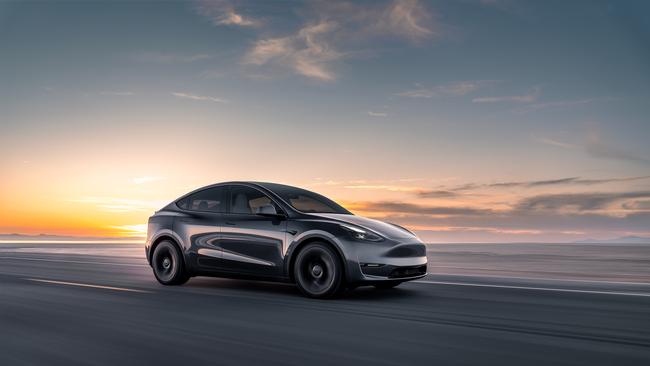
Luxury sits up high as sales boom
Electric vehicles are quickly becoming the favourite of the luxury buyer with 158 per cent boom in sales in the first quarter of the year.

Haters gonna hate but the market won’t stop moving
The electric vehicle market continues to boom, despite the naysayers.
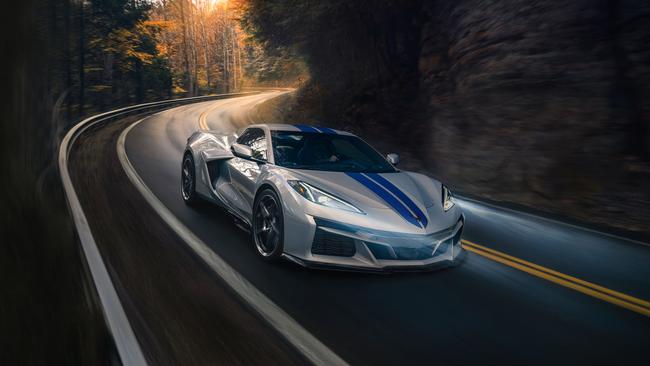
How EVs are changing sports cars
Electric motors are defining the world of sports cars, with acceleration speeds that rival the likes of Formula One.

Audi gets room to grow with new platform
Audi’s Premium Platform Electric (PPE) will support Audi to release 10 new EVs in two years as they move towards phasing out internal-combustion engines in 2027.

The ultimate buy guide for EVs
The world of EVs is expanding so quickly it can be hard to keep up, so here’s what to look for when buying an electric vehicle.

The eight must-know EV facts
EVs can make motoring simpler, but there is a learning curve that it pays to get on top of. Here are eight things you may not know about electric cars.

New laws to stop ‘ICE-blocking’
‘ICE-blocking’, parking a combustion-engined car in an electric-vehicle charging spot, will soon land you in hot water with states across Australia introducing huge fines.

Holiday hotspots due for a jolt
State governments are pouring hundreds of millions into EV infrastructure, it’s about time they look towards the holiday hotspots that are being inundated with EV owners.

Tesla downloads new revenue model in over-the-air upgrades
Tesla rolls out a new model that allows owners to buy upgrades directly from their vehicle’s centre dash screen in a bid to increase revenue.

Would this EV tempt to you buy a Saab again?
Saab is back. Well, as NEVS, and they’re returning with a stunning electric concept car, The Emily GT but they need investors to bring it to life.

Can battery metals be sourced sustainably?
What are the environmental costs behind sourcing the metals for the batteries that power our electric vehicles?

Oil use down as EVs rise
New research from the International Energy Agency has found that demand for oil is down as EVs become the driving force behind the new global energy economy.

Are EVs really cleaner? It depends where you live
Are electric vehicles really the answer to the rising CO2 rates? Or are they not as clean as we thought? Well it depends where you live.

‘Blade’ battery to cut range anxiety
Development of EV batteries is advancing everyday, with batteries capable of more than 1000km of driving on a single charge soon to be hitting the roads.

Does hard driving mean hard wearing?
If you love driving hard and fast, your next supercar should be an EV, as electric motors are designed to last the life of the vehicle.
It’s important to note that Tesla, the country’s biggest EV brand, wasn’t reporting its sales figures for either year, which skews those results.
But 2023 is shaping as Australia’s biggest yet, with new and more affordable products designed to qualify for the rebates and subsidies on offer in most states and territories set to push EV sales into the true mainstream for the first time.
“(Government policy) is certainly encouraging the uptake of this technology, and I think it has now become self-fulfilling. As we get a better supply of products, people become aware of other people who have owned the technology and use it and enjoy it,” says Tony Weber, chief executive of Australia’s peak auto industry body, the Federal Chamber of Automotive Industries.
“There is real momentum out there in the marketplace from the demand side, and on the supply side, you’re going to see more products available. I think it is the perfect storm.”
While 3.1 per cent of a total new-car market in excess of one million vehicles annually means petrol, diesel and hybrid cars still far outnumber BEVs on Australian roads, Weber points out that the vast majority of electric vehicle sales have so far occurred in the “premium” space, which accounts for just 12 per cent of all sales, rather than in the more affordable mainstream category.
But with cheaper electric vehicles set to arrive – predominantly from Chinese brands like BYD, MG, GWM and LDV, but also from European giant Volkswagen – that scale looks set to tip.

More affordable EVs would launch to a much bigger buying market, and many are set to arrive below the price ceilings in place for state-by-state electric vehicle subsidies ($68,750 in NSW, $68,740 in Victoria, $58,000 in Queensland) and the federal government’s FBT exemptions.
“As EVs become more affordable, they become more mainstream. And herein lies the challenge for the industry – to get affordable EVs into the market so they can get into the hands of not just the premium buyers, but the mainstream buyers,” Weber says.
“Last year, EV penetration of the market was around three per cent. But this is when you‘ll get to a much higher percentage, because premium sales are only around 12 per cent of all vehicle sales in Australia.
“The volume end (of the market) in 2023 will see more product coming, and the growth in the next stage throughout this year and into 2024 will be strong.”
But many car companies say getting new products to Australia has, to date, proven challenging.
Almost every EV on sale today commands a wait list, some of which are several months long, and many more vehicles are yet to launch in our market because countries with tighter emission regulations – and the threat of fines for missing CO2 targets – are being prioritised.
It’s this that the FCAI thinks will provide the biggest boost to EV sales in Australia this year and beyond, with the Albanese government tipped to introduce efficiency targets that would limit how many petrol and diesel vehicles a car company can sell without being offset by low- and zero-emission sales.
“We need a vehicle fuel-efficiency target, as outlined in the National Electric Vehicle Strategy last year,” Weber says. “It’s something we’ve supported, and I think probably 90-plus per cent of submissions support it.

“It’s a target placed on individual brands that says the C02 coming from the tailpipe across all their sales must be at a certain level, and that level becomes more and more stringent. So you can still sell a large vehicle with a petrol or diesel engine, if it’s offset by zero-emission vehicles.
“It says to a manufacturer’s headquarters that we need to send more of the low-emission vehicle technologies to Australia. So it enhances supply, which also has an impact on demand.”
An industry-led, and voluntary, emissions target is currently in place in Australia, but the move has been criticised over the lack of any penalties at all for those that fail to hit their proposed targets.
In 2021, 17 brands selling utes, vans and 4WDs failed to hit their emission targets. A further 26 brands selling passenger vehicles and medium SUVs exceeded their agreed CO2 limits.
A national scheme would alleviate those concerns, with the FCAI hopeful work will begin this year on introducing new targets, with teeth.
“I think the Commonwealth government will do something, and I think that the states and territories are monitoring it very closely. They are supportive of the Commonwealth taking the lead in this space, as it should,” Weber says.

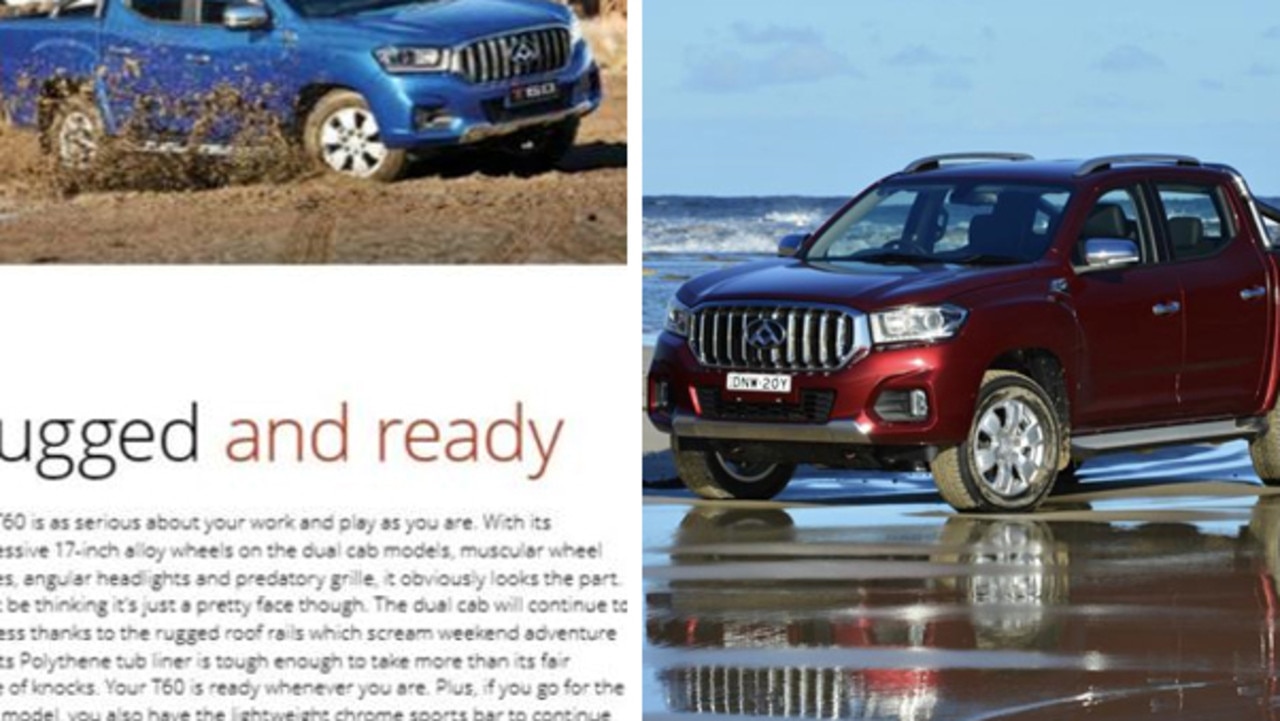
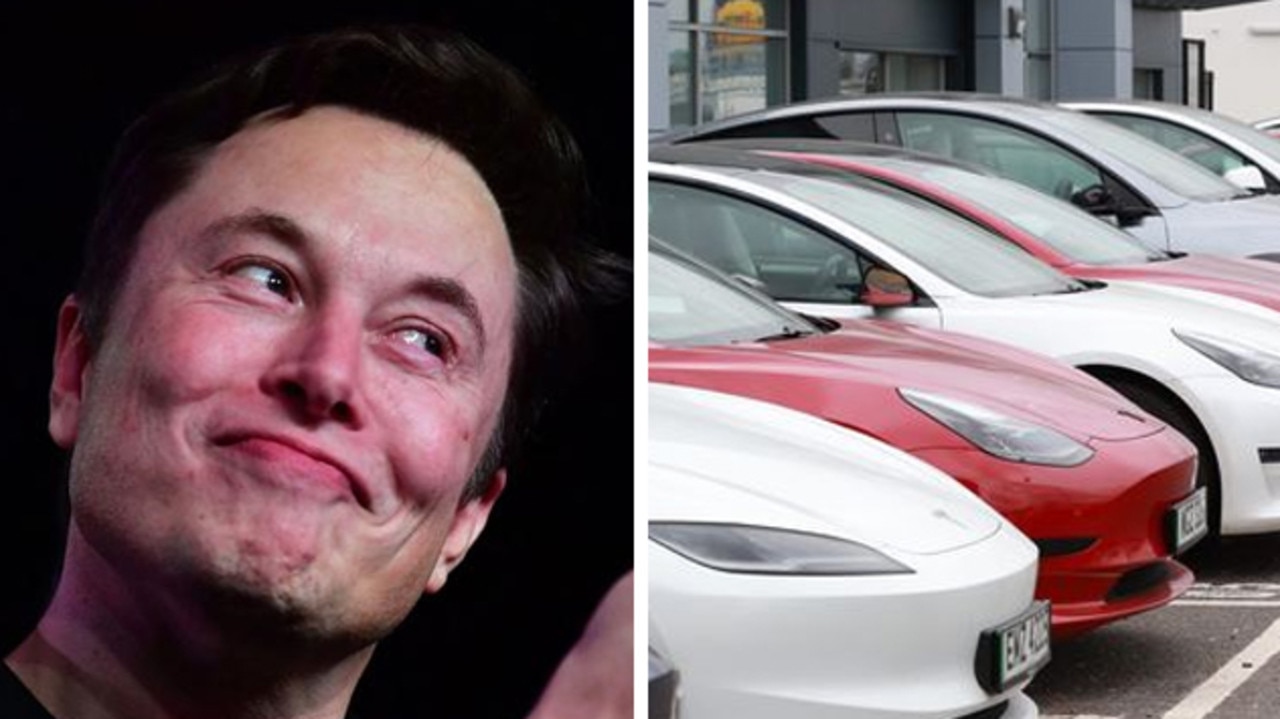
To join the conversation, please log in. Don't have an account? Register
Join the conversation, you are commenting as Logout